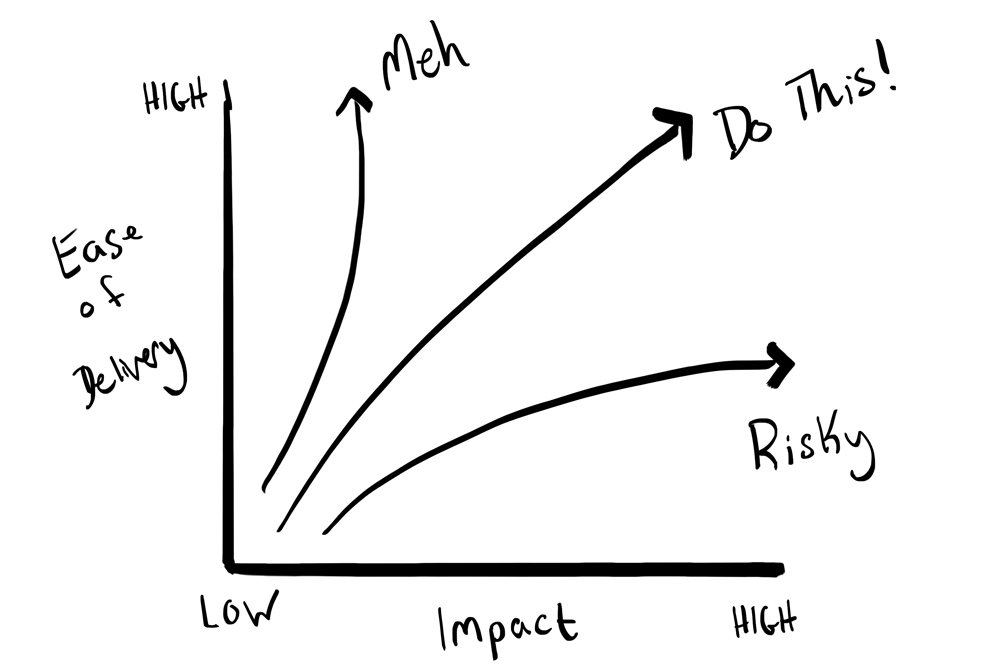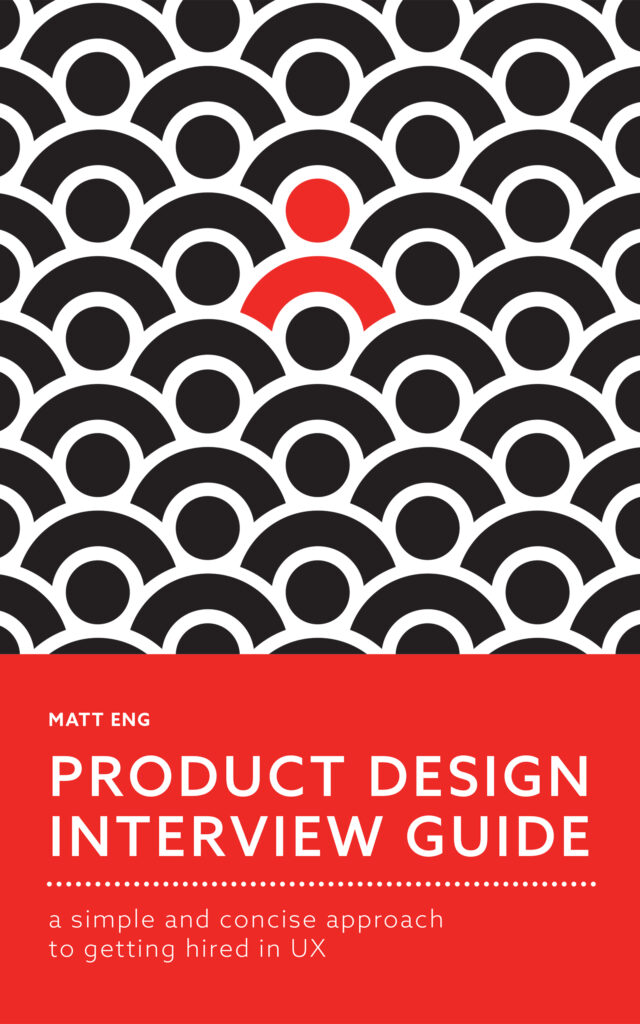A few years into my design career, I made the goal to do a conference presentation. When I dug in deeper, I looked into the potential for where I could speak and what could talk about. After a few years of writing, applying, and speaking, I have had talks accepted locally in Austin, in other design communities such as Chicago, and internationally in Melbourne.
From the beginning, it was not clear to me what I was going to speak about, who my audience was, and how I was going to deliver a message. Eventually, I figured out a system along the way. Below are the steps for part one on finding your message that you are uniquely qualified to share.
Finding your topic and audience
“I want to speak at a conference, but I don’t know what I want to talk about.” This is the number one statement I hear from would be speakers. Wanting to share your ideas at a conference is a huge step. Most people do not even believe they have anything to share to a larger audience.
Now, for the next step of focusing your thoughts. The following activity is from my work with design thinking. The goal is for you to get as many ideas out and on paper as possible. Preferably use stickies to give you the ability to move ideas around. You can do this activity alone or with a small group. Make sure you get at least five minutes for you to freely produce ideas on potential talks.
Things you need
- 1 packet of stickies
- 1 marker
- 1 timer
Step 1: Get the topic for a conference presentation
Go to an open space where you can work on your ideas free of clutter. Start with this question, “what are you compelled to talk about right now?” If you find this too difficult, try this one, “what are people asking you for advice right now?” This second question can open up your mind to something beyond your day-to-day work. You are an expert in something. Even if you don’t feel it, someone is asking you for help. Write those ideas down. Keep one idea per stickie.

Start by getting the ideas that you are compelled to talk about. Repeat this activity by writing down who or what audience would most benefit from each topic.
If you are working with a partner, that person can prompt you with this questions, “what else or tell me more about that.” This will help get more ideas out within the time allotted.
Time: 5 minutes. Extend another minute if needed.
Step 2: Find the audience
Take the stickies you made from first step and move them aside. The next question you will work on is, “who is asking?” You can use names of specific people. Ultimately, you will need to get to a type of person (i.e. design students, new researchers, introverts, etc.). You may have different people asking for different things. At this point, this is ok. We will work on focusing your efforts later. Keep one person or one type of person per stickie.

Pair the topics with the people or audience that you feel would most benefit from it.
If you have a partner, that person can prompt you with the questions, “who is this, why are they asking you for help, how do you feel about that?”
Time: 5 minutes. Extend another minute if needed.
Step 3: Pairing topics to the potential audience
Pair the topics from step one with the people from step two.
Time: 1 minute.
Impact and feasibility
In this step, we’ll chart your ideas and potential audience. One a whiteboard or an extra large stickie, draw an x and y axis. The x-axis is for impact. You are free to define impact in your own terms. I use it to help me understand the size of the problem and potential solution I discovered. It doesn’t have to cure cancer or bring World peace. My first talk was on finding ways to bring more creativity to corporate design teams.
The y-axis is for ease of deliverability. This is a balance of how long you have been working on this problem. More time on a topic would equal more experiences and material you could share. Some of the parts of my talks I have been sharing for around two years. So, I have stories, pictures, and slides to throw that together. This means less work on researching and practicing.

Think about how you would measure the ease of delivery and impact for the audience.
Step 4: Plot your ideas and people
Considering the impact of the topic with the audience and ease of delivery, plot your stickies on the graph. If you are working with a partner, make sure to get feedback on your logic of deciding impact and ease of delivery. One question that helped me adjust where I placed these ideas on the graph were, “what feedback have you gotten from this audience on this topic?”

After you have adjusted where you feel the topic / people pairing would be for ease of delivery and level of impact, you should have a clear idea of what topic to focus on.
Time: 5 to 10 minutes.
After some discussion with your partner or even feedback from friends and colleagues on this artifact, you should have a clear idea of your topic and audience. The next step is to take that idea to a crafted talk. We’ll cover that in part 2.
Want to learn more about the talks I’ve done? Check out the posts below.
Midwest UX and inclusive research practices for product teams.
UX Australia: Managing Design and bringing a culture of creativity to corporate design teams.
Nerd Summit and bridging the gap between design and development with research.
Sign Up Today
Get insights and resources in your inbox before I publish them!

